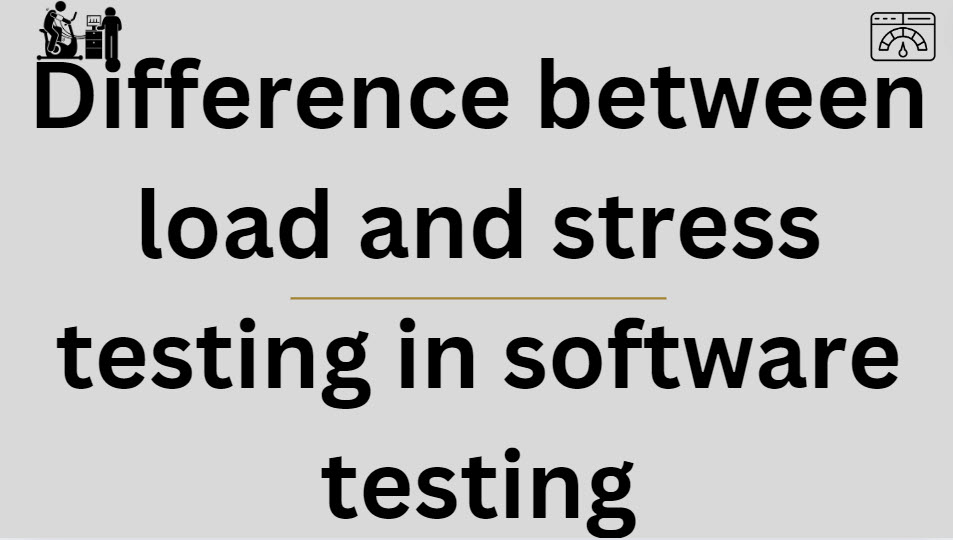Load testing and stress testing are two important types of performance testing in software development, each with distinct purposes and methodologies
Load Testing
Load testing simulates real-life application load to assess how a system performs under expected usage conditions. It aims to:
- Evaluate system behavior under normal and peak load conditions
- Assess performance with multiple concurrent users
- Identify bottlenecks and performance issues before deployment
Stress Testing
Stress testing pushes the system beyond its limits to identify breaking points and assess how it handles extreme conditions. It aims to:
- Determine the upper limits of system capacity
- Evaluate system behavior under unexpected heavy loads
- Identify the saturation point where the system fails
Key differences
Here’s a tabular comparison of load testing and stress testing in software testing
| Based On | Load Testing | Stress Testing |
|---|---|---|
| Definition | Simulates real-life application load | Pushes the system beyond its required capacity |
| Main Purpose | Evaluate performance under expected loads | Identify breaking points and system behavior under extreme conditions |
| Conditions | Normal to peak expected load | Beyond peak load, to the point of failure |
| Duration | Typically longer, simulating sustained usage | Often shorter, focusing on sudden spikes |
| Mainly Focus on | System behavior and response times | System stability and recovery |
| Outcome | Performance optimization for expected scenarios | Identification of system limits and failure modes |
| When to perform | Usually performed earlier in the testing cycle | Often performed after load testing |
You may also like the below articles for more information

My name is Madhu, and I’m a certified Test Consultant with more than 16 years of hands-on experience developing and maintaining manual and Test Automation in the Software industry. I have experience with automation tools such as Selenium, Katalon Studio, etc.
